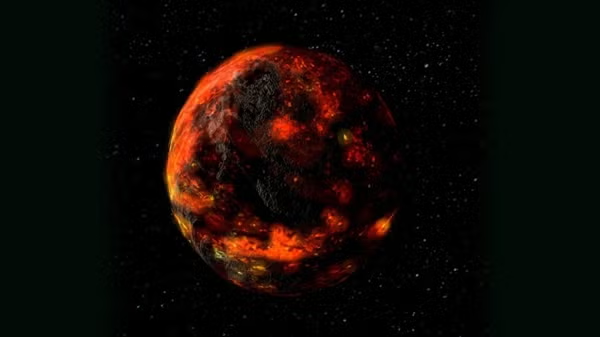New funding expands ASU partnership with Carbon Mapper

Arizona State University's Global Airborne Observatory. Photo by GDCS
Across the globe, science echoes the same and intensifying message: We must mitigate climate change and support our ecosystems. Following its notorious cousin carbon dioxide, the greenhouse gas methane creates problems of its own. Methane is a leading cause of climate change worldwide and a contributor to global warming.
But governments around the world are taking part in the global methane pledge, committing to slash methane emissions by 30% by 2030. To accomplish this feat, countries will require new solutions. One partnership has the perfect resource — and it works from space.
In a public-private partnership led by Carbon Mapper, Arizona State University is part of a team preparing to deploy a constellation of satellites to respond to the climate crisis. With the first launch in 2023, these Planet satellites will use cutting-edge remote-sensing technologies to pinpoint, quantify and diagnose sources of the high-emission greenhouse gases, methane and carbon dioxide (CO2), globally.
Today, Carbon Mapper and its partners announced that Bloomberg Philanthropies committed $25 million to create the Carbon Mapper Accelerator Program. The new funds will immediately expand airborne mapping of methane super-emitters across the Americas, Europe and Africa using ASU’s Global Airborne Observatory, provide critical stakeholders with early access to Carbon Mapper’s open-source data, and develop and test new remote-sensing technology.
ASU’s Center for Global Discovery and Conservation Science will play a key role in the Carbon Mapper mission.
“The Carbon Mapper satellites, combined with ASU’s advanced algorithms and Global Airborne Observatory, will create a unique, comprehensive view of critical ecosystems,” says Professor Greg Asner, director of the center with ASU’s Global Futures Laboratory, and chief science officer at Carbon Mapper. “With advanced mapping of greenhouse gas emissions and regions with human activity, governments and conservation organizations will know where to focus resources and how best to inform policy to accomplish both urgent and long-term climate and biodiversity action.”
The center will be broadening the impact of the satellite technology by identifying additional targets the algorithms can monitor. The addition of satellite-based ocean and land monitoring would support critical sectors of climate action such as coastal zone and coral reef management, precision agriculture, biodiversity, and fire and water resource management.
To prepare for launch, the center took to the sky with the Global Airborne Observatory, an aircraft equipped with advanced Earth mapping technology. Soaring over the world’s most diverse ecosystem, this lab uses state-of-the-art sensors to create maps of the land below — from coral reefs to forest canopies. To support the Carbon Mapper Mission, the Global Airborne Observatory has been sent on missions to map methane and carbon dioxide emissions and various land and ocean targets for scientists to explore.
After capturing data of the land below, a team of ASU remote-sensing scientists will develop algorithms for the different targets and learn more about the potential applications of the satellite technology.
More Science and technology

Compact X-ray laser lab aims to reveal deep secrets of life, matter and energy
X-rays allow us to view inside the human body to diagnose broken bones and other hidden problems. More recent X-ray advances are…

Apollo lunar samples enable ASU researcher to pinpoint moon’s crystallization timeline
A team of researchers, including Arizona State University geochemist Melanie Barboni, in collaboration with scientists from The…

NASA launches space telescope to chart the sky and millions of galaxies
California’s Vandenberg Space Force Base was the site for Tuesday’s 8:10 p.m. launch of the NASA SPHEREx mission aboard a SpaceX…

